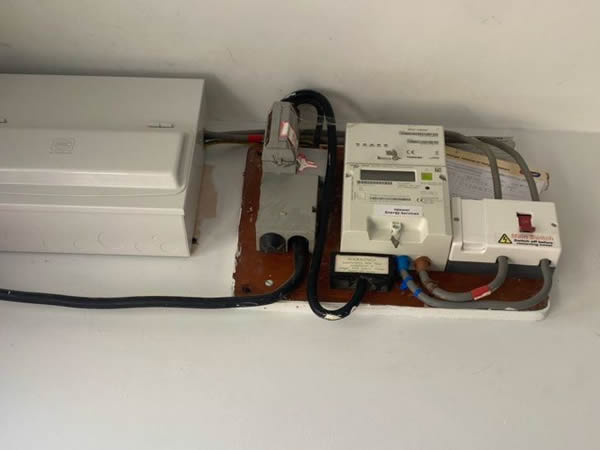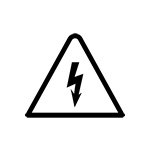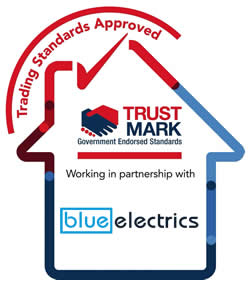
Electrical faults can be a major inconvenience and pose significant safety risks in your home. At Blue Electrics, we specialize in identifying and resolving electrical issues quickly and efficiently, ensuring your household’s safety and restoring normalcy as soon as possible.

We start with a thorough visual inspection of your electrical system to identify obvious signs of damage or wear.

Our team uses state-of-the-art diagnostic tools, including:
To measure voltage, current, and resistance, helping to pinpoint issues.
To check the integrity of electrical wiring insulation.
To detect overheating components that may indicate electrical faults
To locate faults within circuits accurately without causing damage to walls or fixtures.

We perform a series of tests on various components of your electrical system, including sockets, switches, lighting circuits, and consumer units, to identify any faults.

After identifying the issues, we provide a detailed report outlining the faults found, their causes, and our recommended solutions.

Once the faults are identified, our qualified electricians carry out the necessary repairs efficiently, ensuring minimal disruption to your household.
In domestic households, we encounter and resolve a variety of electrical faults, including:

Frequent tripping can be caused by overloaded circuits, short circuits, or ground faults.

Surges can damage appliances and are often caused by faulty wiring or issues with the power grid.

Loose connections, wear and tear, or internal faults can cause switches and sockets to malfunction.

Flickering lights, dim lights, or lights that won’t turn on can be due to faulty wiring, loose connections, or issues with the light fixtures themselves.

Overheating can indicate overloading or poor wiring connections and poses a significant fire risk.

Any electrical shock when plugging in or touching an appliance indicates a serious issue that requires immediate attention.

Our electricians are fully qualified and experienced, ensuring the highest standards of workmanship and safety.

As a South Wales-based company, we understand the specific needs and regulations of the area.

We pride ourselves on our exceptional customer service, providing transparent, honest advice and support from start to finish.

With years of experience in the industry, we have built a reputation for reliability and trustworthiness, making us the go-to choice for electrical services in South Wales.

Blue HQ
Brunel Way
Neath
SA11 2FP







